Octane Corners by Bertrand Benoit
It is safe to say that no matter what render engine Bertrand Benoit picks up, the outcome will be among the best that was ever made! with that render engine. We’ve seen that all too well a month ago when he posted his “Corners” scene rendered with the real-time GPU engine – Octane, which won 2nd place in their 2012 Apocalypse Competition (I personally think he had a first place grade entry though). I would keep tabs on the advances the Octane people are making… it’s getting very interesting in the real-time zone.
Here are the images Bertrand rendered with the help of the Octane Render Engine… Visit his article about it on his own blog – Octane Corners.
Also check out the Octane 2012 Apocalypse Competition Winners announcement on the Octane Render forums (you might need to register to view the images).












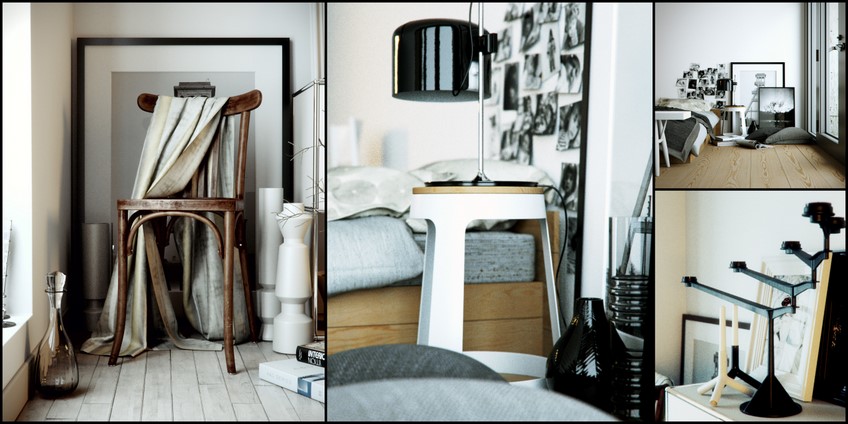
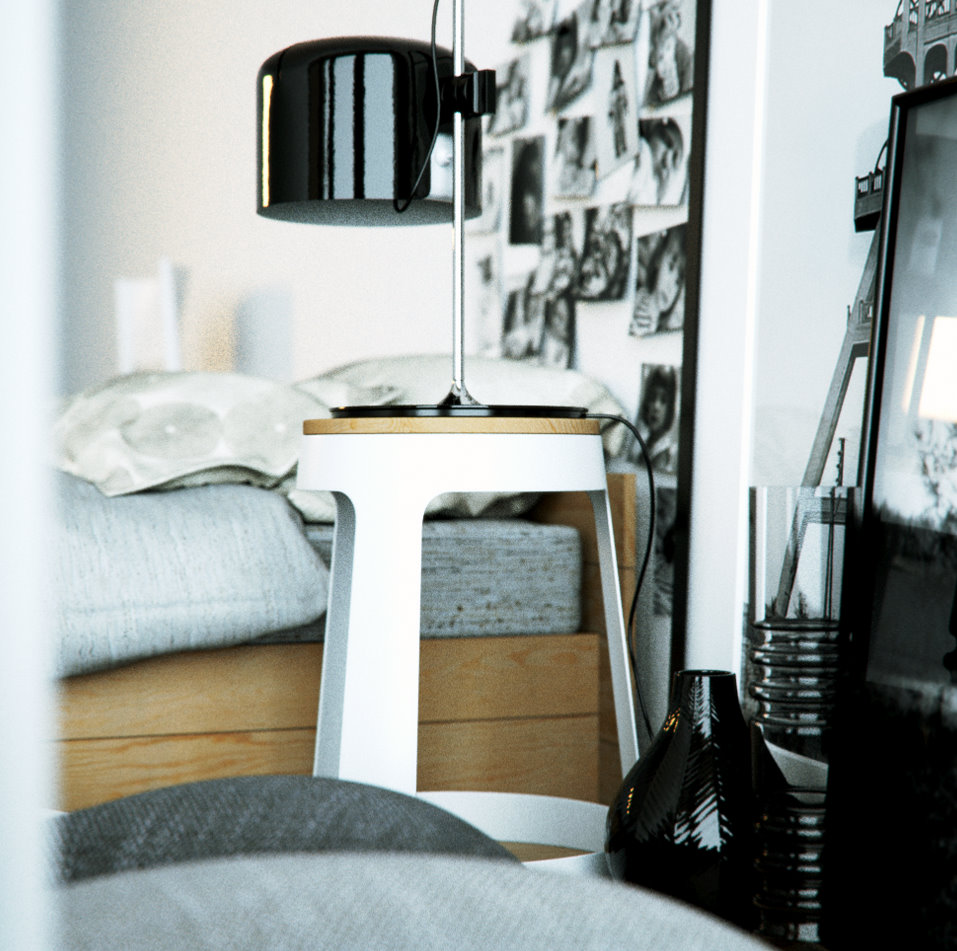

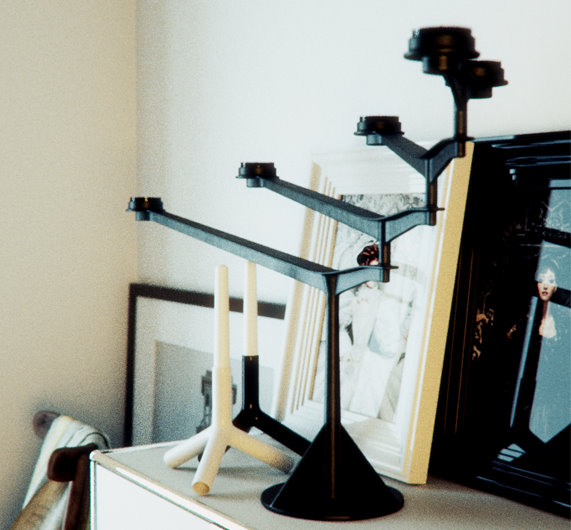
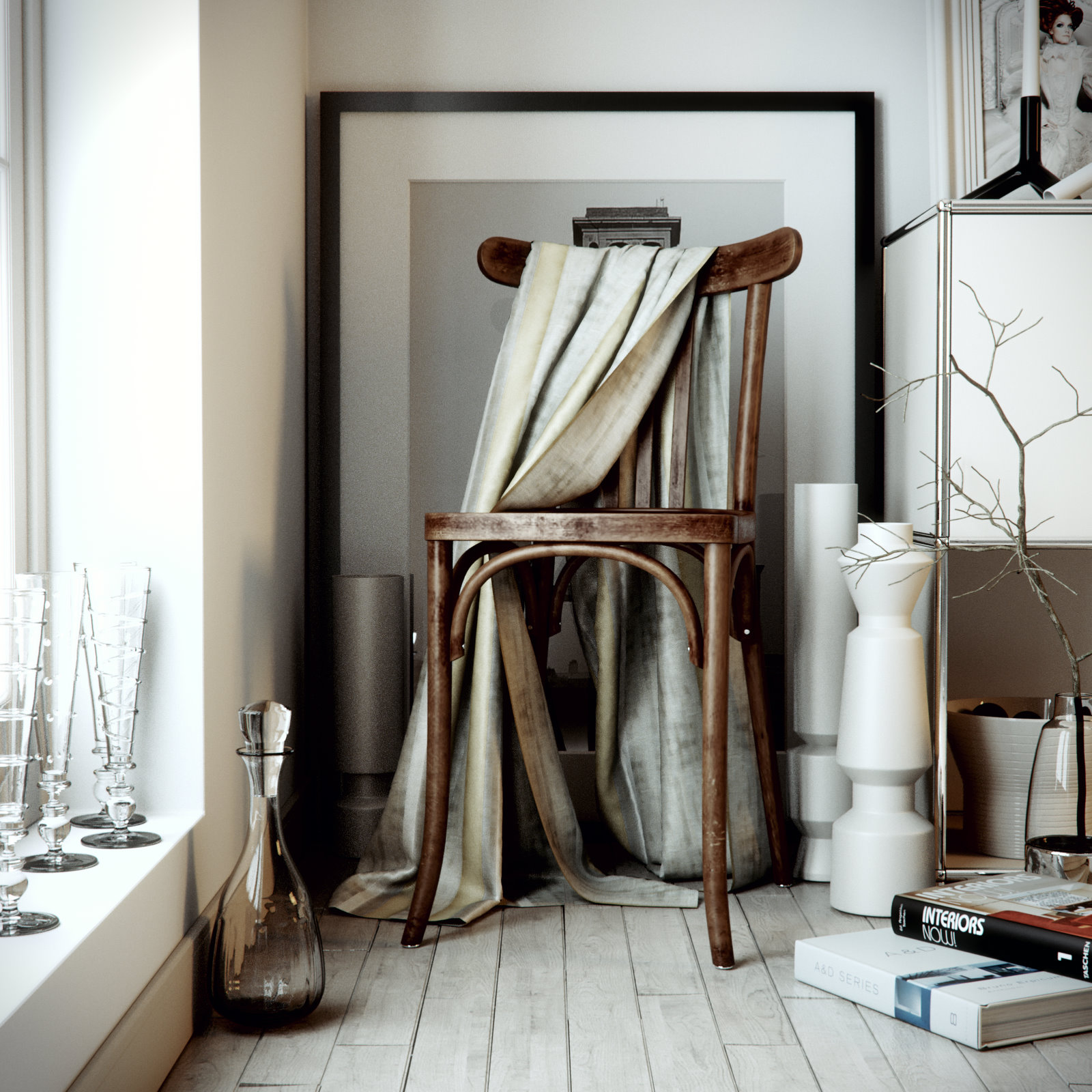
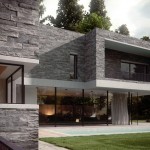



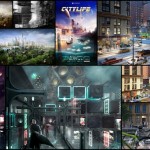
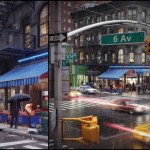
I wonder what those of you who had some experience with VRay RT and Octane, think about them?
Interesting results.
interesting results.
I was among the first people to buy Octane when it emerged and felt in love immediately. At the early beta stage people were bashing it mostly because of missing features established renders had (displacement, instances, sss,..etc.). I didn’t care, the magic of Octane laid somewhere else. It was the super easy, user-friendly feeling of moving with camera in real scene. It was so much closer to photography then Mental Ray that I used at school. Result also looked great.I abandoned it quickly though, because even with 1280gb vram of my GTX285, it was just too small for any real outdoor scenes.I still miss it, heavily ! The approach is perfect, even though the development seems rather slow and plagued with certain problems..Bertrand’s renders are amazing. I still dream about nVidia releasing some special model with 6GB vram that isn’t quadro or tesla so I don’t need to sell my kidneys. When that happens, I won’t touch vray anymore.
Wall of text,sorry…. I love Octane
@JurajTalcik What once looked like its going to be a faster and cheaper way to render – Using the GPU… turns out to be slower to mature and more expensive then CPU’s
The rendering is faster! That I can say and see – but it is done under very limiting boundaries.
Can’t see the GPU’s getting that much more ram in such a short time and for a lower amount of dineros, can it?
@JurajTalcik I actually can see how the other kids on the real-time block try to flank them out – by adding extra GI passes to the game-like real-time rendering… talking about the likes of Lumion, UDK, CE3, etc…
Now that could prove to be very interesting 😉
@ronenbekerman I routinely play with these techs, my favourite choice is CryEngine 3, but they will never achieve the quality of offline renderers like Octane (which is interactive, rather then real-time). They are good for playing around, design process, and animation, but not for superb quality output.Even if real-time solutions will evolve, offline renderers will evolve at same time :- ) so it will always be about choice.
@ronenbekerman “A bit funny the 590 having that memory issue vs. the 580” indeed it is, but that’s how marketing works =)
Bertrand Kick’s ass in every renderer, amazing! 😀
I’ve posted several renders and tests on Octane forum.
I’ve used Arion, iray, Vray-RT gpu and Octane for Max.
I’m trying to help the programmers to develop full featured and free bug plugins.
I wrote to Vlado (chaos), Chema (randomcontrol), Andrew (refractivesoftware). They know well me (through the forums).
The problem of Vray-RT gpu is that can’t handle (now) textures bigger than 512×512 pixels (default size). Every texture is sampled at that resolution, this happens for tiny textures too (a 10×10 pixels texture is sampled at 512×512). Impossible to render full resolution renders.
Vray-RT isn’t spectral, pathtracing caustics are really poor. No sss
Arion is not integrated in the host application and eats a lot of vram. I was not able to load the same heavy scenes that I’ve rendered with Octane without problems.Arion doesn’t use photometric ies, no light portals. BTW Arion is spectral, produces noise-free renders, it’s fast.
The realtime use of iray is the worst part of this rendering engine. Every modification you do on a texture the software bakes it taking a lot of time. Iray uses pathtracing, no sss in 2.0 release (will be available in 3.0)
http://forum.mentalimages.com/showthread.php?8953-iRay-2-SSS-and-car-paint
Octane (octane for max) uses pt and pmc (similar to metropolis results). Perfect caustics, dispersions, sss for diffuse and specular materials. Octane can render huge scenes. Is well integrated in Max. Use light primitives, supports ies.
With one single click you can convert every Vray material. You can convert tons of Evermotion scenes/objects.
With Octane for Max at the moment you can’t move-rotate-scale in realtime objects and lights.
Octane for Max is beta but costs few bucks
Glad you guys like it. Can’t wait to check the card. As for the difference between the 590 and 580 I think it’s balanced. The 590 is more powerful and faster but has less vram accessible to Octane than the 580 because it is essentially two cards.
Octane render convert vray metarials function is really great.congratulations Bertrand
No doubt about who made the best render…Congrats Bertrand!!
Very good job BBB3 as always
For vray geforce gtx are better than fx quadro?
I have a fx quadro 3700 512gb but it´t too slow in viewport :(((
you killed me with the last shot Bertrand …… Super Real ,,, Congrats
No words. Vray, Octane he works with any app and always a perfect result.
Congratas man!
impressive work!!